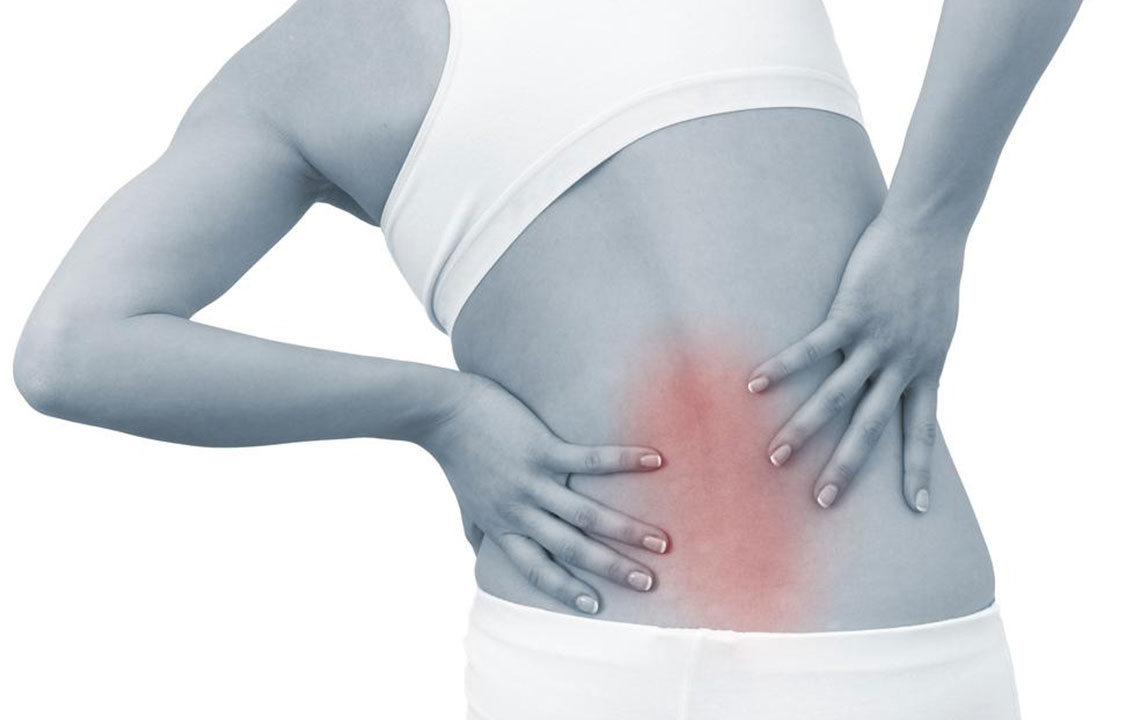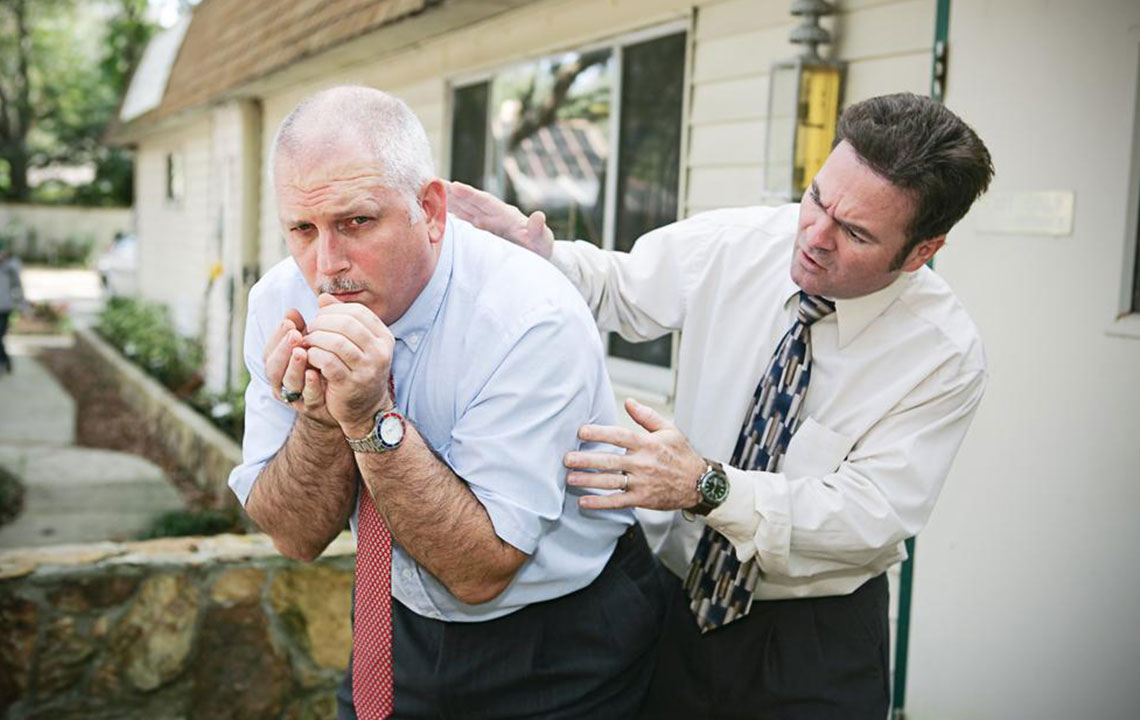Comprehensive Guide to Right-Side Lower Back Pain: Causes, Symptoms, and When to Seek Medical Help
This comprehensive article explores the various causes of right-side lower back pain, including organ-related issues, spinal problems, and soft tissue injuries. It highlights warning signs indicating serious conditions that require immediate medical attention, such as appendicitis and cauda equina syndrome. The guide offers valuable insights into symptoms, when to seek help, and effective management strategies to alleviate discomfort and prevent complications. Perfect for individuals experiencing persistent lower back pain, this resource emphasizes timely diagnosis and treatment for better health outcomes.

Comprehensive Guide to Right-Side Lower Back Pain: Causes, Symptoms, and When to Seek Medical Help
Lower back pain on the right side is a common complaint that can affect individuals of all ages and lifestyles. While often dismissed as minor or attributed to muscle strain, this discomfort can sometimes be a sign of underlying health issues that require prompt attention. Understanding the various causes, recognizing warning signs, and knowing when to consult healthcare professionals are essential steps toward effective management and relief.
Common Causes of Right-Side Lower Back Pain
Organ-related issues: Problems affecting abdominal, pelvic, or mid-back organs often manifest as localized lower back pain. Conditions such as appendicitis, kidney stones, or infections can cause pain radiating to the right lower back.
Spinal structural problems: Issues involving the vertebrae, discs, or joints can lead to persistent discomfort. Herniated discs, facet joint arthritis, spinal stenosis, sacroiliac joint dysfunction, and inflammatory diseases like ankylosing spondylitis are common culprits.
Soft tissue injuries: Strains or sprains involving muscles, ligaments, or tendons surrounding the spine are a frequent source of pain, especially after physical activity or injury.
While many cases of lower back pain improve with rest and self-care, persistent or worsening symptoms should prompt consultation with a healthcare provider. Be alert to sudden, intense pain or accompanying symptoms such as numbness, weakness, or loss of bladder or bowel control, which may indicate serious conditions requiring urgent medical intervention.
Minor injuries like muscle strains and ligament sprains are common and often resolve naturally within days to weeks. However, understanding when pain signifies a more severe underlying issue is crucial for timely treatment and preventing complications.
Serious Conditions Requiring Immediate Medical Attention
In some cases, right-sided lower back pain may be associated with life-threatening or urgent health issues. Recognizing these warning signs can be lifesaving.
Appendicitis
Appendicitis involves inflammation of the appendix located in the lower right abdomen. It can cause sharp, persistent pain that radiates to the lower back, along with symptoms like nausea, vomiting, fever, and abdominal swelling. Rapid treatment is essential to prevent rupture and complications.
Cauda Equina Syndrome
This rare but serious condition occurs when nerve roots at the lower end of the spinal cord are compressed. Symptoms include severe lower back pain, weakness or numbness in the legs, loss of sensation in the genital area, and bladder or bowel dysfunction. Immediate surgical intervention is often necessary to prevent permanent nerve damage.
Abdominal Aortic Aneurysm
An abdominal aortic aneurysm involves abnormal dilation or rupture of the aorta in the abdomen, which can suddenly cause intense, tearing back pain. Other signs include dizziness, fainting, and low blood pressure, requiring emergency care.
Spinal Infections (Osteomyelitis)
Infections in the spine can lead to continuous back pain, fever, swelling, and tenderness. These infections require prompt diagnosis and antibiotic treatment to prevent serious complications, including spinal instability.
Kidney-related Problems
Right kidney stones or infections often cause unilateral back pain. Accompanying symptoms may include painful urination, fever, nausea, and tenderness over the kidney area. Imaging tests and urinalysis are critical for diagnosis.
Gastrointestinal Conditions
Ulcerative colitis or other inflammatory bowel diseases can cause referred pain to the right lower back, along with abdominal cramps, diarrhea, and fatigue.
Gynecological Conditions in Women
Issues such as endometriosis, fibroids, or ovarian cysts can produce episodic sharp pain radiating to the lower right back, often accompanied by menstrual irregularities, pain during intercourse, or pelvic discomfort.
Pregnancy
Many pregnant women experience right-sided lower back discomfort due to the shifting of the uterus, hormonal changes, and weight gain. While common, persistent or severe pain should be evaluated by a healthcare provider to ensure both maternal and fetal health.
Spinal and Structural Causes
Herniated Lumbar Disc: When a disc protrudes or ruptures, it can compress nearby nerves, causing localized and radiating pain.
Facet Joint Arthritis: Degeneration of small joints in the spine can lead to pain that worsens with movement.
Spinal Stenosis: Narrowing of the spinal canal can compress nerves, resulting in pain and numbness.
Sacroiliac Joint Dysfunction: Abnormal movement or inflammation of the sacroiliac joint causes discomfort in the lower back and buttocks.
Inflammatory Conditions: Diseases like ankylosing spondylitis cause chronic inflammation and stiffness.
While less common, tumors, degenerative spondylolisthesis, and chronic pain syndromes may also contribute to persistent or recurrent right-sided lower back pain.Monitoring symptoms closely and seeking medical advice if pain hampers daily activities or fails to improve with initial treatments is advisable. Keeping a detailed symptom diary can assist healthcare professionals in making accurate diagnoses, especially in cases of recurring or persistent issues.





